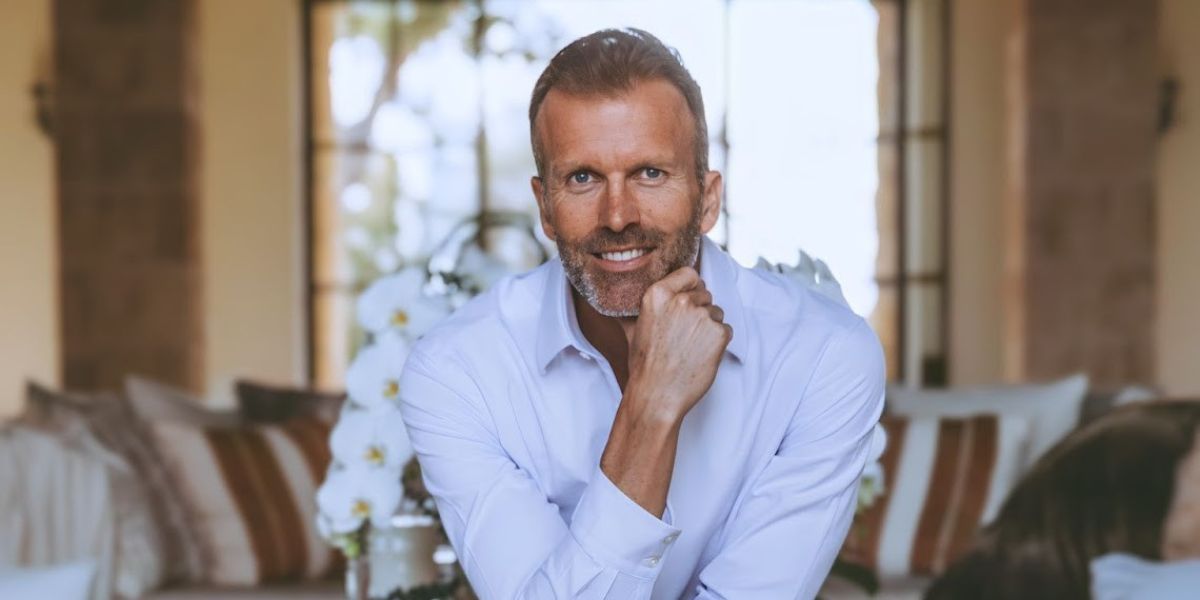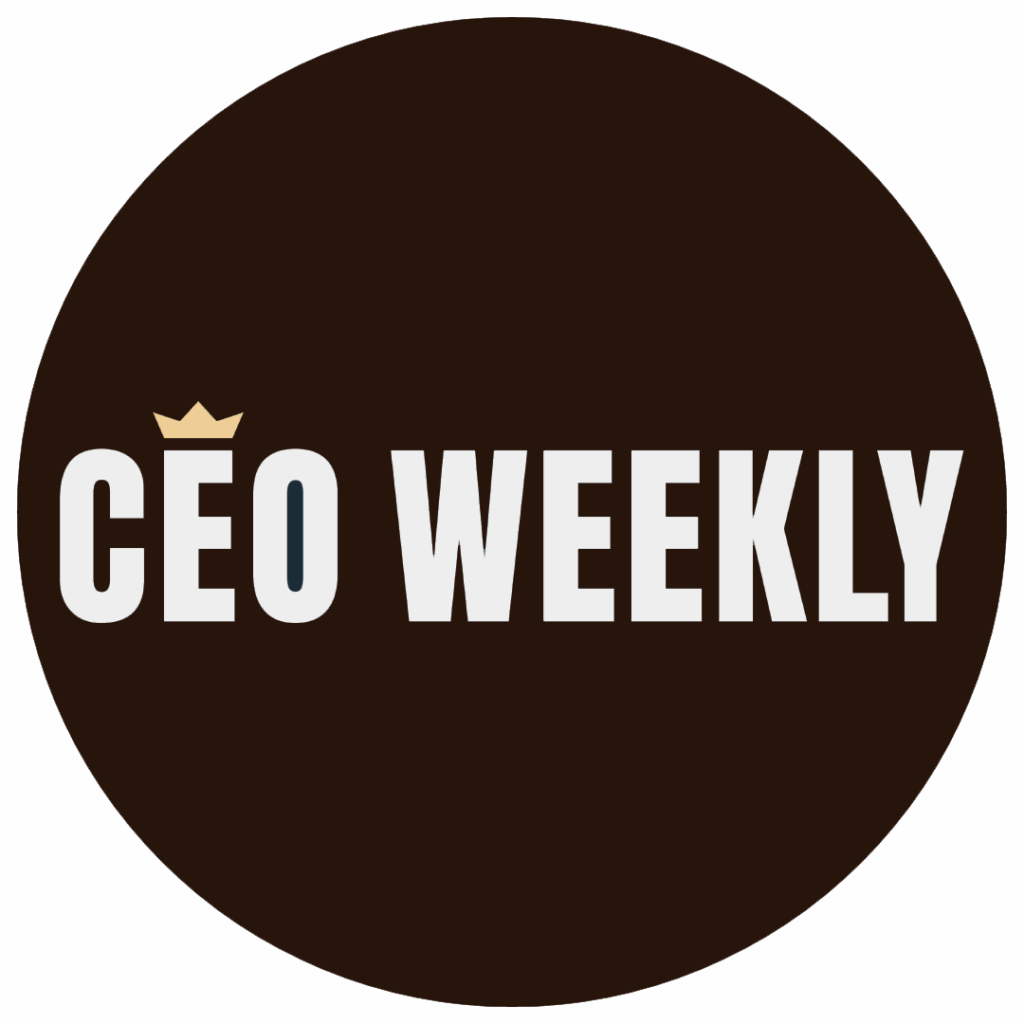By: Simon Woolford, Founder of SUM Design
What Today’s Founders Can Learn from How Premium Brands Enter the Market
In the premium sector, launches rarely feel like announcements. They are introduced, not declared. Shown, not sold.
But in a market shaped by algorithms, drops, and growth loops, it can be easy to forget that. Visibility often becomes the goal. Reach becomes the metric. And before long, a launch designed to build value ends up chasing volume.
At SUM, we work with early-stage and founder-led brands who want to avoid that pattern. For them, launch is not just a moment—it is a signal. The point where meaning, positioning, and identity begin to align.
Done thoughtfully, it marks the beginning of something sustainable. Not just visible.
1. Brand First. Then Launch.
One of the biggest mistakes we see is trying to work backward—launching first to figure out the brand later. But clarity doesn’t come from exposure; it comes from structure.
Before a brand launches, it needs to know what it stands for. What story it wants to tell. What kind of world it is inviting people into.
That world is built through language, tone, naming, design, motion, and pace. These are not just assets—they are signals. And they need to hold together from the very first moment.
A premium branding agency can help shape those signals early—before they are filtered through campaigns or briefs. This includes defining not only what should be said but also what should be left unsaid. In a space where restraint often speaks louder than scale, that distinction is important.
2. Launching Is Not Revealing Everything
A strong launch creates interest without overexposure. It introduces the brand with control—leaving space for the audience to engage, interpret, and come closer.
In premium branding, that space matters. Not everything needs to be explained. Not every product needs a carousel. Some of the most effective introductions we have seen have relied on a single film. A homepage. A short piece of writing.
The restraint is purposeful. It gives weight to what is said—and clarity to what is not.
A well-executed brand launch often includes only the essentials: a homepage with editorial flow, one key campaign asset, and a visual rhythm that sets the tone without demanding attention. For newer brands, this is particularly valuable. It allows them to build presence without oversaturating the message before the foundation is set.
3. Digital Is the Front Door
For most new brands, digital is the first and possibly only point of contact. That means the website, campaign, and film assets are doing more than just communicating—they are shaping perception.
In the early stages, perception is everything. It sets the tone. It anchors the positioning. And it often determines who the brand will attract.
This is why we place so much emphasis on how a brand shows up—not just visually, but rhythmically. How it moves. What it chooses to say. And how the story unfolds.
In particular, motion design, layout structure, and editorial voice work together to signal confidence. A site that knows where it is going can be simple—but never vague. Its clarity invites trust, and its tone suggests longevity.
4. The Difference Between Buzz and Belief
Hype can create attention. But strategy builds belief.
That distinction is critical. Especially in premium brands, where audiences are attuned to depth. A strong brand doesn’t need to dominate feeds. It needs to feel composed. Credible. Cohesive.
This only happens when the groundwork is solid. When the name, identity, and digital presence are aligned. And when the brand knows how it wants to be experienced—not just seen.
It is easy to generate impressions. Harder to generate trust. That’s why brands that skip the strategic phase may capture early attention—but struggle to sustain it. Their message shifts. Their positioning weakens. And the audience begins to sense the gaps.
Premium brands that endure don’t launch for clicks. They launch for conviction.
5. The Hidden Cost of Overexposure
A rushed launch often generates more noise than clarity. Founders feel pressure to show progress—to signal traction to investors or justify creative output. But in premium branding, visibility without clarity is risky. It can create expectations the brand isn’t ready to meet. Or worse, dilute meaning before it has had a chance to form.
Instead of overcommunicating, we often recommend brands stage their launch. Introduce the brand in phases. Hold certain elements back. Let the tone of the first film or homepage set the rhythm—then build from there.
This type of sequencing protects the brand as it grows. It allows the brand to mature in the eyes of its audience while staying rooted in a central narrative.
Final Thought
A launch is not a campaign. It is a choice—about how and where the brand begins.
The brands that last are not the ones that speak first. They are the ones that know what they want to say.
And they say it clearly, thoughtfully, and on their own terms.









